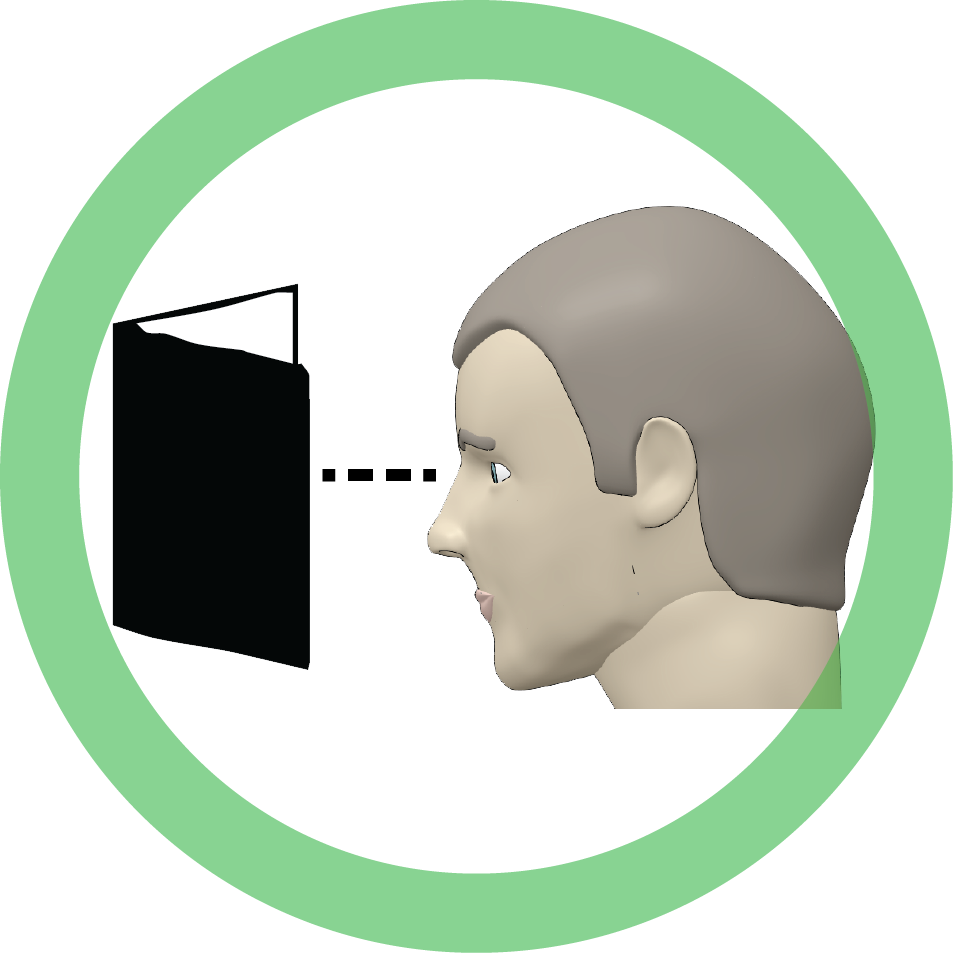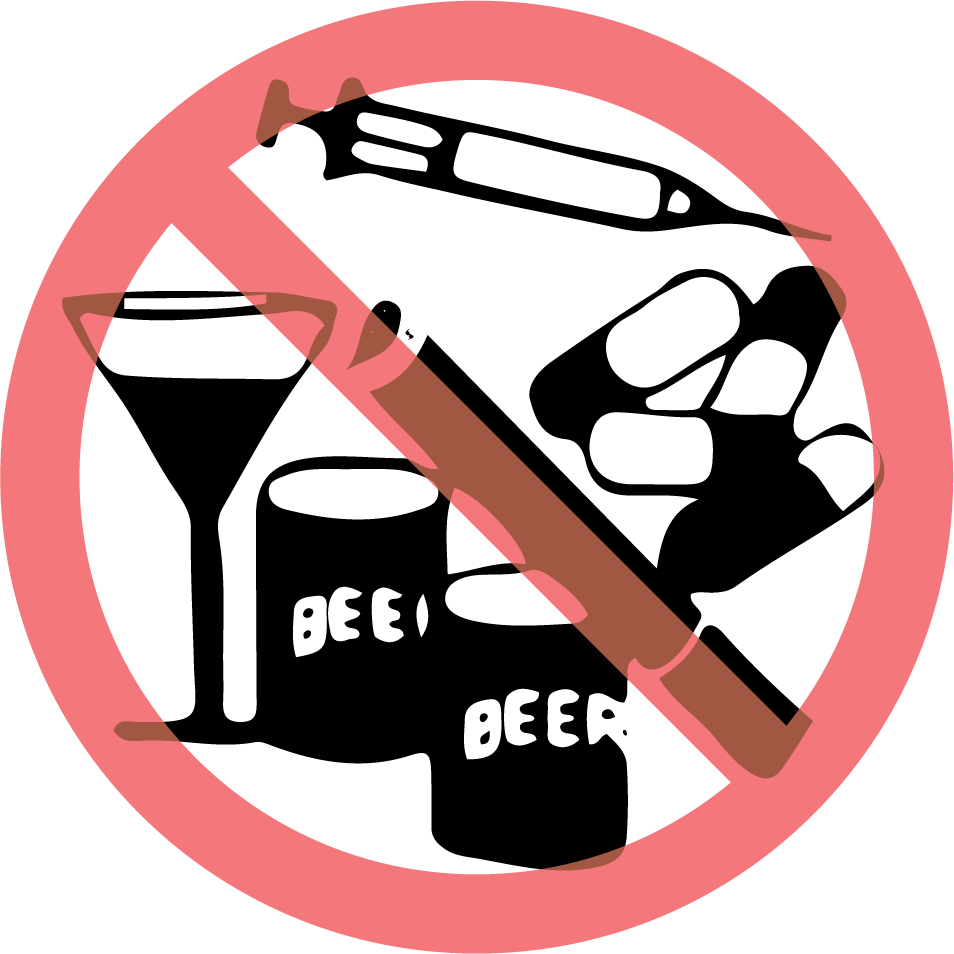
Content Source: 2021 GEM em1400 LSV Owner’s Manual (9939953-EN R01) > Safety Chapter
| IMPORTANT |
|
The Owner's Manual for this vehicle contains warnings, instructions and other information you must read and fully understand before safely riding or performing maintenance on this vehicle.Always follow the warnings and instructions in Owner's Manual. Click the CONTENTS link above for the Table Of Contents, or download a full PDF of the Owner Manual in the Owner Support area of Polaris.com |
| Serious injury or death can result if you do not follow these instructions and procedures, which are outlined in further detail within your owner's manual. |
| Failure to operate this vehicle properly can result in a collision, loss of control, accident or rollover, which may result in serious injury or death. Heed all safety warnings outlined in this section of the owner’s manual. See the OPERATION section of the owner’s manual for proper operating procedures. |
| Exceeding the gross vehicle weight rating of your vehicle can reduce stability and handling and could cause loss of control. NEVER exceed the GVWR of your vehicle. |
| Any modifications or installation of non-GEM-approved accessories could create a substantial safety hazard and increase the risk of bodily injury. |

Operating the vehicle after consuming alcohol or drugs could adversely affect operator judgment, reaction time, balance and perception. Never drink alcohol or use drugs or medications before or while operating this vehicle.

|
Under ANY of these conditions: |
Do ALL of these steps: |
|---|---|
|
Passenger and/or cargo exceeds half the maximum weight capacity |
|
|
Operating in rough terrain |
|
|
Operating over obstacles |
|
|
Climbing an incline |
|
|
Towing |
| Operating a damaged vehicle can result in an accident. After any rollover or accident, have an authorized GEM dealer or qualified service dealer inspect the entire machine for possible damage, including (but not limited to) brakes, accelerator, steering system and electrical system. |
| Operating this vehicle at excessive speeds increases the operator's risk of losing control. Always operate at a speed that's appropriate for your skills and the traffic, visibility and operating conditions. |
|
Maintenance and storage areas for this vehicle should be properly ventilated to avoid fire hazards in accordance with applicable
fire codes and ordinances.
Ventilation for this vehicle should be provided to remove the accumulation of flammable hydrogen gas emitted during the charging
process. The amount of hydrogen gas emitted depends upon a number of factors such as the condition of the batteries, the
output rate of the battery charger and the amount of time the batteries are on charge. Because of the highly volatile nature
of hydrogen gas and its propensity to accumulate in pockets, a minimum number of air changes per hour is required during charging
(1 for one vehicle and up to 5 for multiple vehicles are recommended). Consult applicable fire and safety codes for the specific
ventilation levels required as well as the use of explosion proof electrical apparatus.
|
| Failure to inspect and verify that the vehicle is in safe operating condition before operating increases the risk of an accident. Always inspect the vehicle before each use to make sure it's in safe operating condition. Always follow all inspection and maintenance procedures and schedules described in the owner's manual. See the Periodic Maintenance Section of the Maintenance Chapter. |
| Vehicle rollover could cause serious injury or death. The cab frame is not designed or intended to provide rollover protection. Always make sure the seat belts are secured for operator and all passengers before operating. Avoid situations that could result in a rollover. Avoid sharp turns and abrupt steering maneuvers |
|
Turning improperly could cause loss of traction, loss of control, accident or rollover. Always follow proper procedures for
turning. Never turn abruptly or at sharp angles. Never turn at high speeds. Practice turning at slow speeds before attempting
to turn at faster speeds.
|
| Exhibition driving increases the risk of an accident or rollover. Never attempt wheelies, jumps, doughnuts or other stunts. Avoid exhibition driving. |
|
Operating this vehicle with improper tires or with improper or uneven tire pressure could cause loss of control or accident.
Always use the size and type of tires specified for your vehicle.
Always maintain proper tire pressure as described in the owner's manual and on safety labels. |
|
The voltage in the battery pack is sufficient to cause death by electrocution. With the exception of battery inspections and
refilling the water in flooded type batteries, never attempt to perform service on the electric drive system, including the
battery pack, unless you are properly trained to work on electrical systems.
Your authorized GEM dealer can provide battery- related service. |
| Do not work in or near the battery compartment or on any other electrical component of the vehicle while charging the batteries. |
|
Before servicing the vehicle’s electrical system, always disconnect the main power connector first, then disconnect any electrical
accessory connections, then disconnect the negative cable from the 12-volt battery (if equipped), then disconnect the negative
terminal from the main battery pack. For more information about disconnecting the main power connector, see the Main Power
Connector section for details.
Always follow all safety instructions in the maintenance portion of this owner’s manual, as well as the following:
|
© Copyright Polaris Inc. All rights reserved.